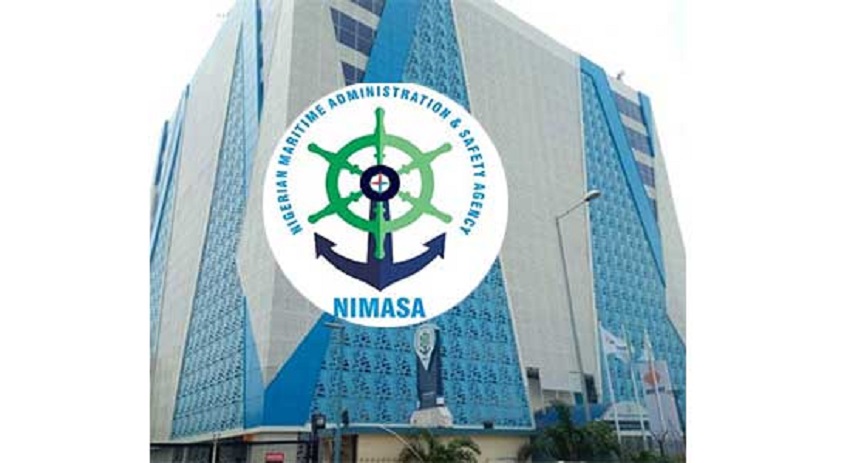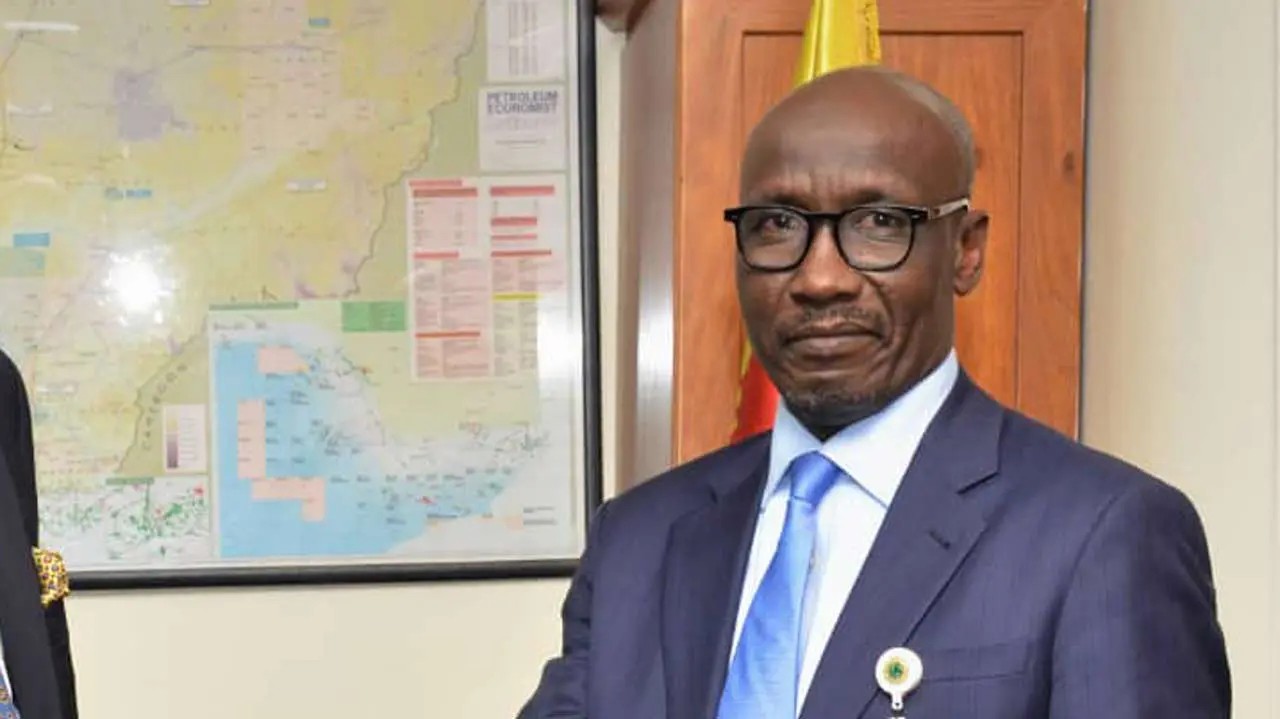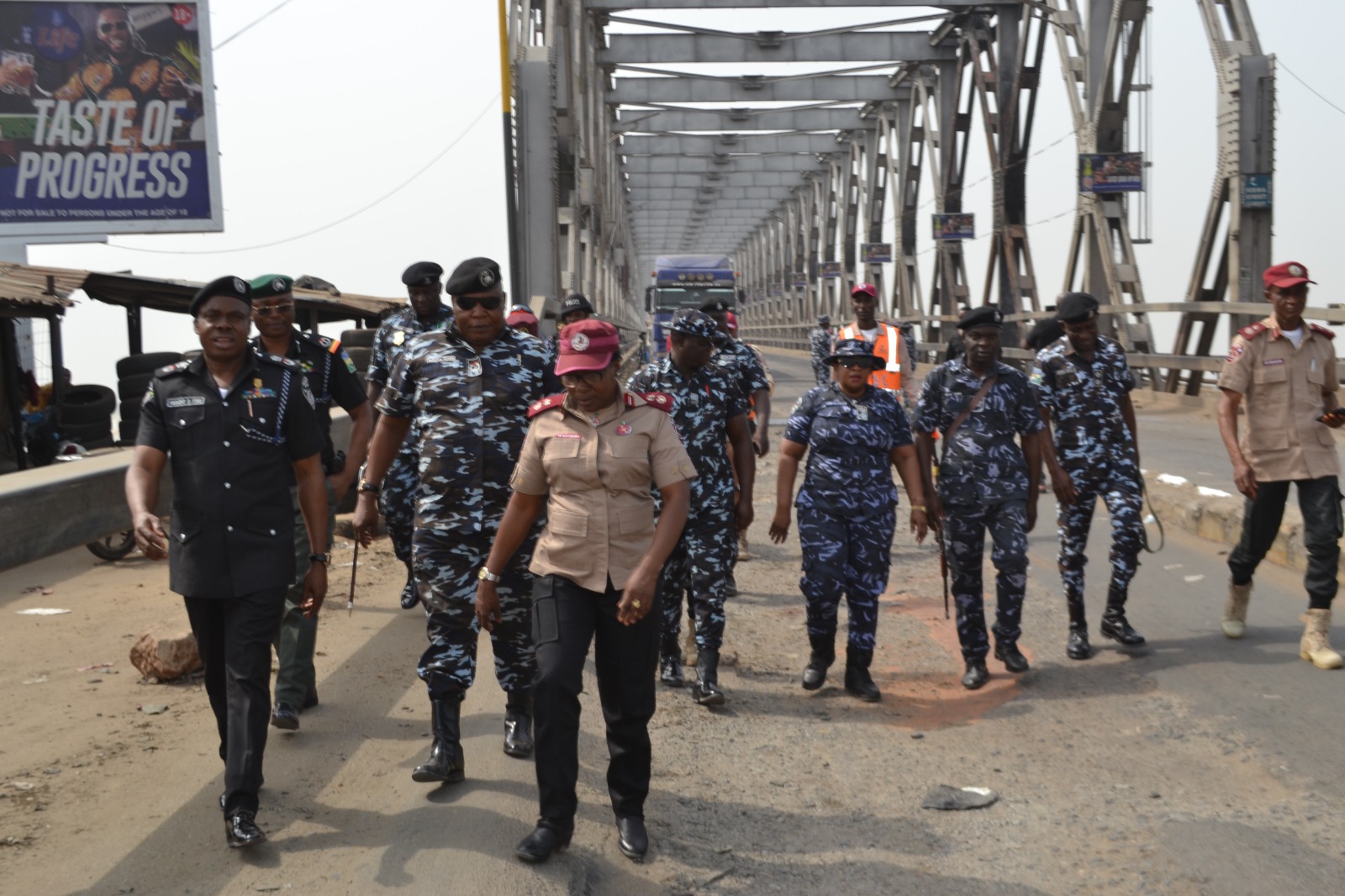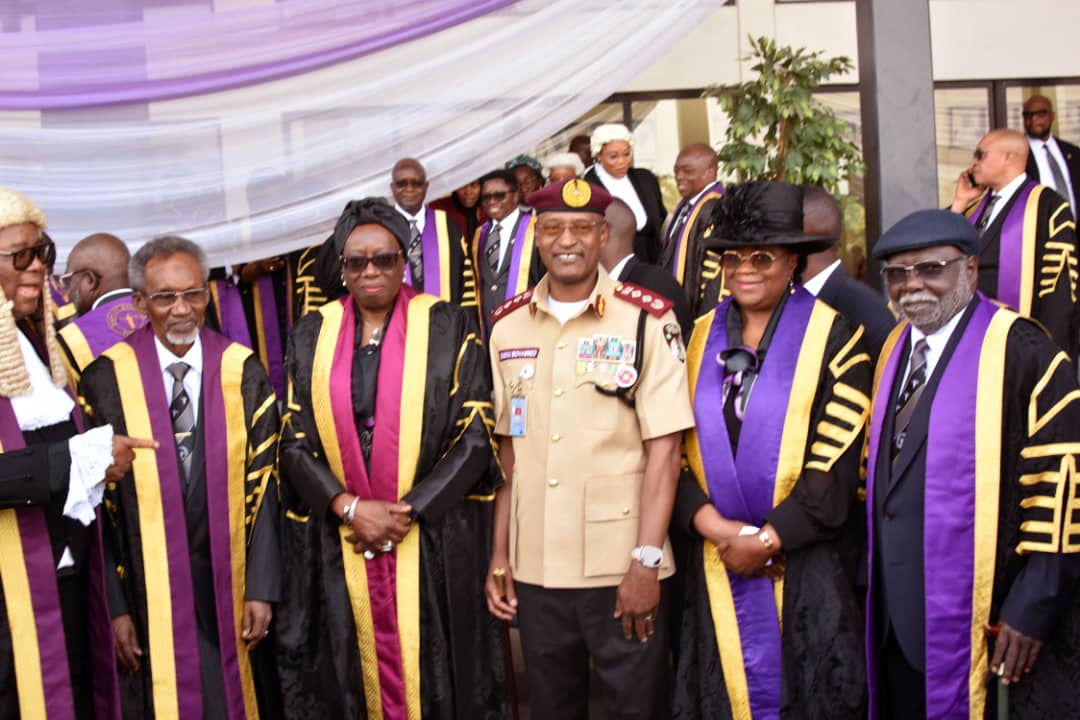The Nigerian Maritime Administration and Safety Agency (NIMASA) say international collaboration to attain standardized digitalization is essential for maritime administrations and stakeholders across the world to communicate effectively.
The Director General of NIMASA, Dr. Bashir Jamoh said this was in line with provisions of the International Maritime Organisation (IMO) and the International Association of Marine Aids to Navigation and Lighthouse Authorities, (IALA).
Jamoh said this in a statement signed by Mr. Osagie Edward, Assistant Director, Public Relations, NIMASA in Lagos on Sunday.
Jamoh while speaking at the launch of Denmark’s first commercial satellite, Sternula-1, in Aalborg, Denmark noted that NIMASA was participating in the testing stage of an international satellite system that would improve communication channels for vessels at sea.
He noted that it was part of the current management’s quest to ensure the adoption of global best practices in the Nigerian maritime sector.
He noted that the IMO set the requirements for the e-Navigation strategy implementation plan while IALA developed technical solutions such as Automatic Identification System (AIS) as part of measures to ease and promote digital communication in the maritime industry.
`|Ultimately, seaborne transport depends on a secure and trustworthy flow of information. In this new reality, access to quality data is essential for ship managers to make decisions, act on market opportunities, and meet new requirements.
“A well-digitalized system leads to faster access to information, improved customer experience, increased productivity, lower operational costs, improved decision making, improved information security, higher mobility, and automation of business processes amongst others,” he said.
Related Articles
In the port sector, Jamoh noted that digitalization was the foundation of Smart Ports and Digital Twins, both technological tools and solutions that could transform real-time data into accurate and more precise business decisions.
This, he said would render port operations extremely effective as it interconnected all sectors of the maritime supply chain.
While noting that digitalization transforms organizations from reactive to being proactive in areas such as safety and safety reporting, the NIMASA DG said there was massive untapped potential for the shipping industry to improve its operational efficiency.
He added that it could be through harnessing ship-to-shore data flows that would positively impact commercial, environmental, and safety performance reporting processes.
Recall that NIMASA, in the third quarter of 2022, had signed a Letter-of-Intent with the Danish telecoms company Sternula, on participation in the Worldwide AIS 2.0 Demo Project.
This would allow for early testing of digital services over the satellite-based AIS 2.0 at the beginning of 2023.
Sternula-1 and the built-in AIS 2.0 technology also called VDES, is a new communication solution for implementing a global e-Navigation strategy.
AIS 2.0 is an extension to AIS, adding two-way data channels over VHF by using special satellite channels which meant that every ship with a VHF antenna would be able to communicate globally.








